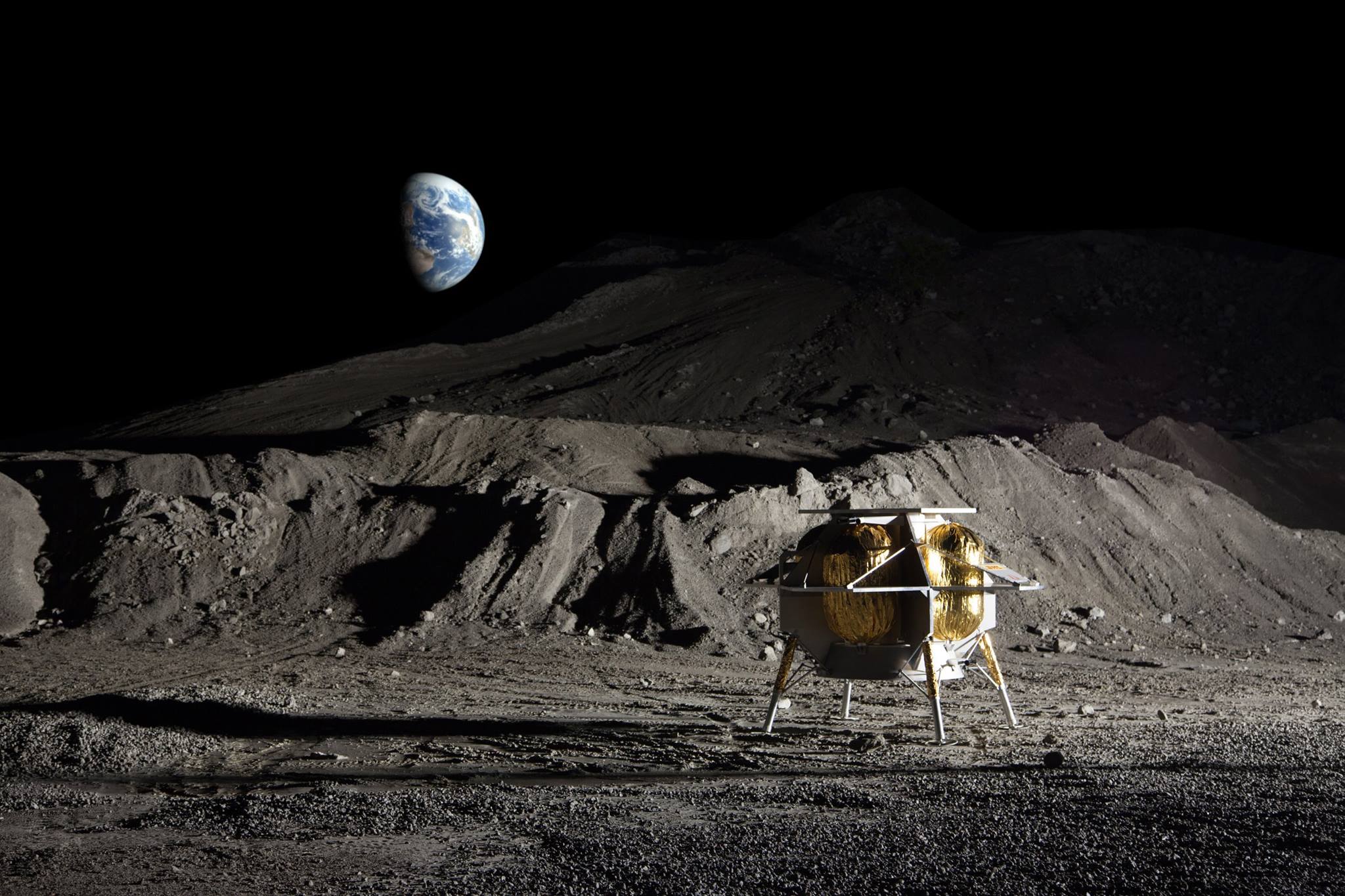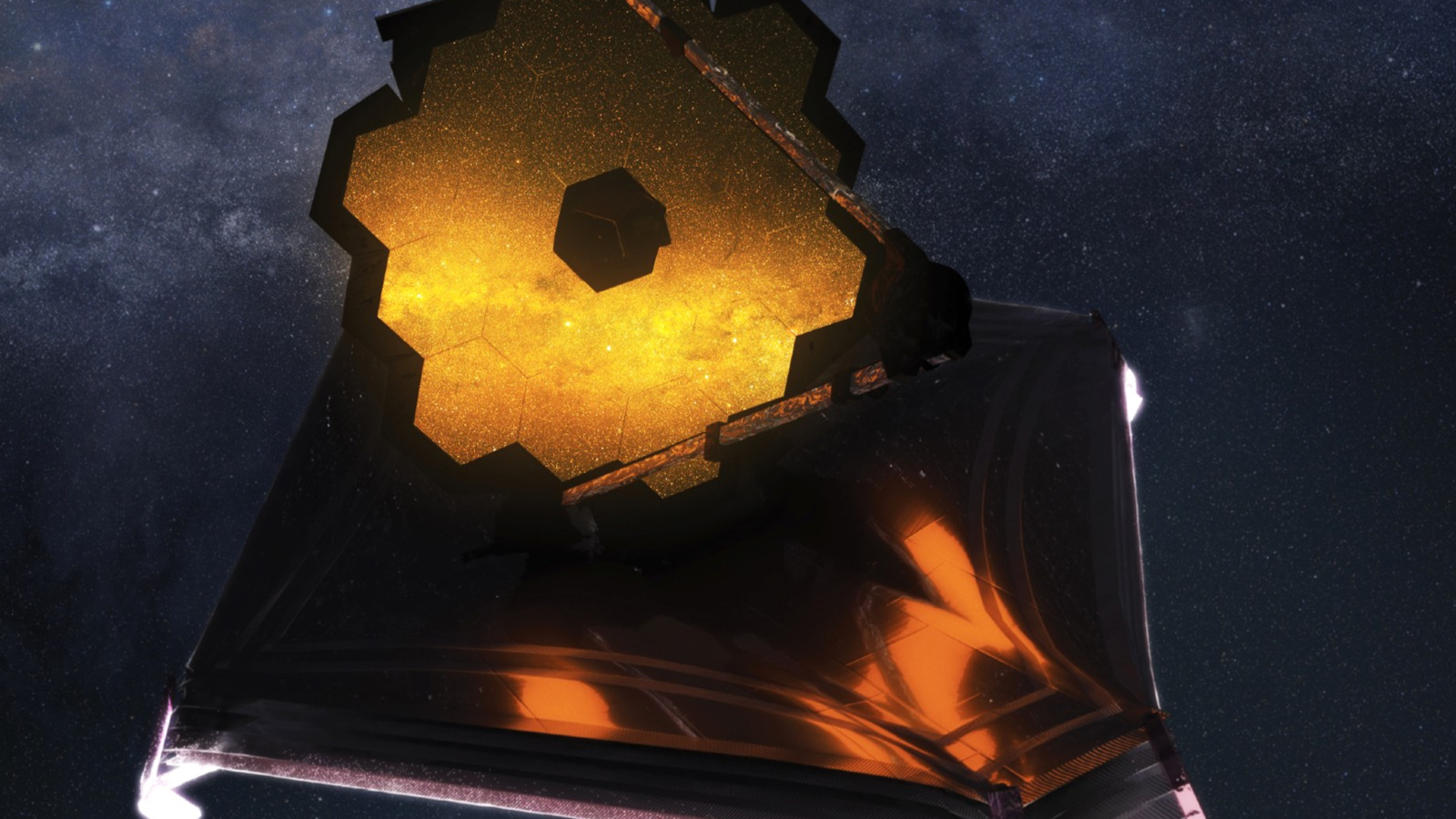Moon-Landing Tech and More Get $44 Million in NASA 'Tipping Point' Funds

New and improved moon-landing sensors, systems that can capture reusable space vehicles in midair, and a host of other developing technologies are about to get an infusion of NASA cash.
The space agency will award an estimated $44 million to six U.S. companies to help along 10 "tipping point technologies" that could spur further exploration of the final frontier, NASA officials announced Wednesday (Aug. 8).
"These awards focus on technology collaborations with the commercial space sector that leverage emerging markets and capabilities to meet NASA's exploration goals," NASA Administrator Jim Bridenstine said in a statement. [Incredible Technology for Space Exploration]
"While these key technologies will support NASA's science and human exploration missions in the future, these awards are yet another example of NASA's commitment to our nation's growing commercial space industry today," he added.
The funded technologies run a pretty wide gamut. For example, Pittsburgh-based company Astrobotic Technology will receive $10 million to help develop a new, stand-alone "terrain-relative navigation" (TRN) sensor suite designed to enable highly precise landings on the moon and other planetary bodies.
This tech will presumably be integrated into Astrobotic's Peregrine lunar lander, which is scheduled to fly its first moon mission in 2020. But the technology could also aid NASA missions, agency officials said.
Blue Origin, which is run by billionaire Amazon.com founder Jeff Bezos, will get $3 million to advance its own precision moon-landing system, which incorporates TRN sensors and other gear. Blue Origin will test this system at an altitude of about 62 miles (100 kilometers), during flights of the company's suborbital New Shepard vehicle, NASA officials said.
Breaking space news, the latest updates on rocket launches, skywatching events and more!
Blue Origin was awarded an additional $10 million to help mature a cryogenic liquid-propulsion system for moon landers. That system will also be tested during New Shepard flights, according to NASA officials.
Colorado-based United Launch Alliance (ULA) will receive three awards, worth a total of $13.9 million. The company will get $10 million to demonstrate the use of rocket fuel — liquid hydrogen and oxygen — to generate power, potentially reducing or eliminating the need for battery power. ULA will also get $2 million for technology to reduce cryogenic fuel boil-off and $1.9 million to demonstrate the midair retrieval of a vehicle coming back to our planet from orbital velocity.
This last technology may make its way into ULA's next-generation rocket, the Vulcan Centaur, which could debut as early as 2020. ULA representatives have stated a desire to snag Vulcan's first stage with a helicopter as the parachute-equipped booster falls back to Earth.
The other three companies set to receive tipping-point awards are California-based Frontier Aerospace Corp. (one award, $1.9 million); Paragon Space Development Corp. of Tucson, Arizona (one award, $1.6 million); and California's SSL (two awards, $4 million).
You can read detailed descriptions of all the funded technologies in this NASA release.
NASA's Space Technology Mission Directorate (STMD) will pay out the awards over performance timelines that range from 15 months to 36 months, STMD Acting Associate Administrator Jim Reuter told reporters during a teleconference Wednesday. Each awarded company will have to chip in a minimum of 25 percent of the total cost of each funded project.
The stated award amounts are estimates, because negotiations with each company still need to take place. But Reuter said the final figures should fall in line with the estimates laid out above.
This is the third round of tipping-point tech awards given out by STMD, and the agency plans to continue the funding project every year, Reuter said. STMD received about 90 preliminary proposals for this year's round and selected about two dozen to be fleshed out as full proposals, he added.
Follow Mike Wall on Twitter @michaeldwall and Google+. Follow us @Spacedotcom, Facebook or Google+. Originally published on Space.com.
Join our Space Forums to keep talking space on the latest missions, night sky and more! And if you have a news tip, correction or comment, let us know at: community@space.com.

Michael Wall is a Senior Space Writer with Space.com and joined the team in 2010. He primarily covers exoplanets, spaceflight and military space, but has been known to dabble in the space art beat. His book about the search for alien life, "Out There," was published on Nov. 13, 2018. Before becoming a science writer, Michael worked as a herpetologist and wildlife biologist. He has a Ph.D. in evolutionary biology from the University of Sydney, Australia, a bachelor's degree from the University of Arizona, and a graduate certificate in science writing from the University of California, Santa Cruz. To find out what his latest project is, you can follow Michael on Twitter.
